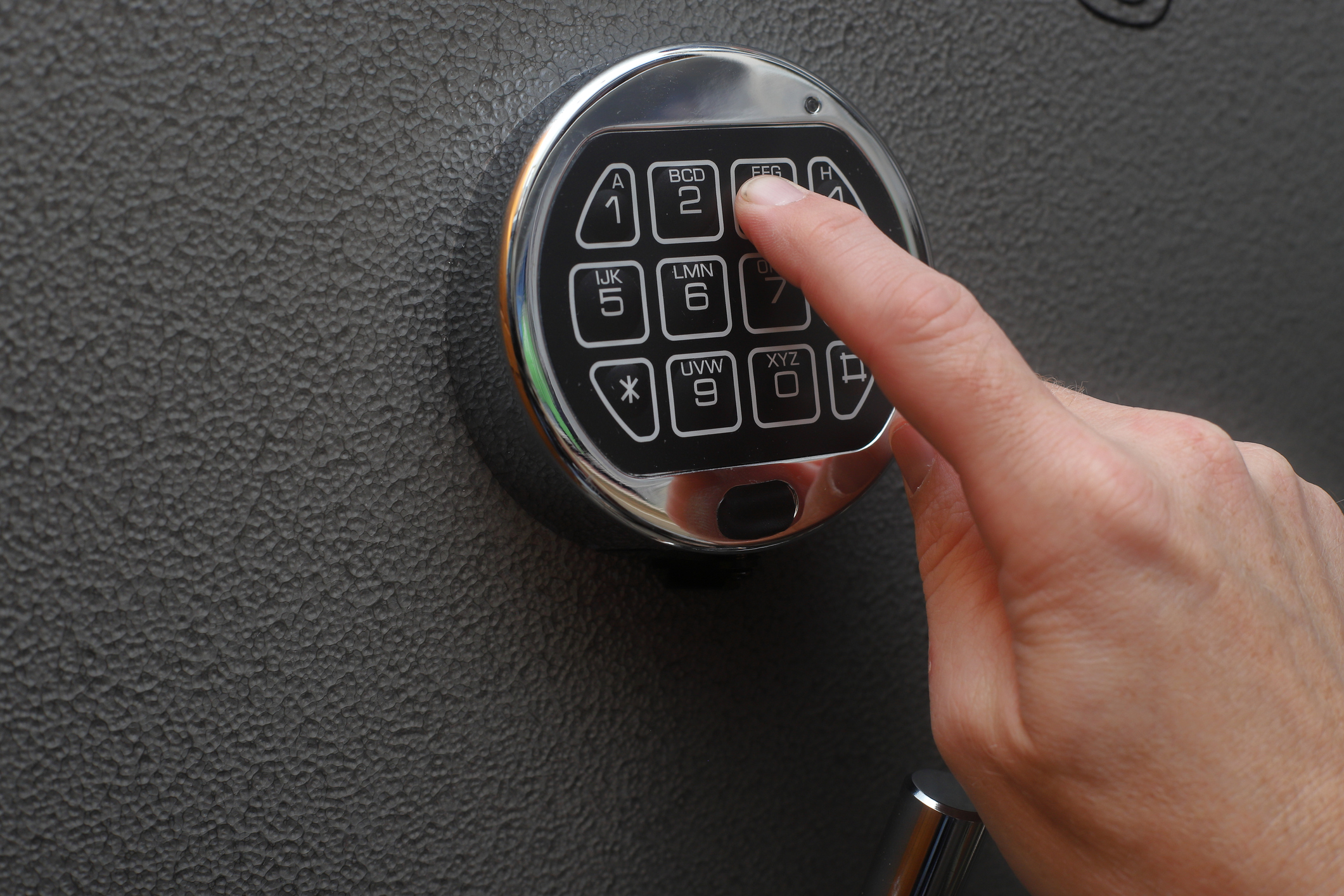
Just as two of our nation’s major public health concerns– tobacco use and motor vehicle crashes– were once thought to be unchangeable parts of the culture – using a multi-faceted public health approach, firearm injuries can also be reduced. (1) Although firearm injuries are a complex public health problem affecting communities across the country, by coupling evidence-based strategies with the three tracks of injury prevention – education, enforcement of existing policies and engineering/design, gains in prevention have been and can continue to be made.
Focusing on firearm injury prevention is critical now more than ever before, as for the first time, in 2020, firearm-related injuries became the leading cause of injury death among US children and teens ages one to 19. Among the 4,357 firearm deaths in this age group in 2020, 64% were homicides and 30% were suicides. (2) The burden of firearm deaths by homicide falls disproportionately on Black male youth residing in metropolitan areas and the burden of firearm deaths by suicide falls disproportionately on American Indian/Alaska native youth and males.
Firearm injuries incur a huge cost, born largely by taxpayers and the poor. The average cost of initial hospitalization for a pediatric firearm injury is approximately $13,000, with a total of about $109 million for such hospitalizations annually. (3) The incalculable psychological and emotional costs to children and youth who are exposed to firearm violence include lasting emotional scars, with some children developing post-traumatic stress disorder (PTSD) while others experience anger, withdrawal, and a desensitization to violence. (4) The psychological effects of firearm violence can contribute to a continued cycle of violence. (5)
In June 2022, President Biden signed into law a bill which received bi-partisan support to expand the background check system for prospective gun buyers under the age of 21, set aside millions of dollars so states can fund intervention programs, such as mental health and drug courts, and carry out extreme risk protection order (red flag) laws that allow authorities to temporarily confiscate guns from any person found by a judge to be too dangerous to possess them. (6)
More than four million U.S. children live in homes in which at least one firearm is stored loaded and unlocked. (7) Due to the sheer number of firearms in the home, it is urgent that we all do what we can to keep children safe. Small and large steps can be taken at the state, community, and individual levels to reduce firearm violence.
State
- Invest in social emotional learning (SEL) programs to help children develop self-awareness, self-control, and interpersonal skills.
- Involve community stakeholders in decision making to enhance success of interventions. Include those who are most likely to be harmed by firearm violence, people with risk factors for increased firearm violence, gun owners, health providers, and members of your local or state child death review teams.
- Support data systems and sharing data with stakeholders. Timely, comprehensive data systems will contribute to information needed to make sound decisions for prevention efforts. A list of data systems is provided in the Children’s Safety Network Firearm Safety Resource Guide.
Community
- Integrate trauma-informed care into health care.
- Participate in a training on how to conduct effective counseling on firearm ownership and conduct firearm screenings at well-child pediatric visits. Offer gun locks to those parents with guns. A free on-line training, CALM (Counseling on Access to Lethal Means), is available for all individuals.
- Implement and enforce evidence-based firearm violence prevention programs in the community.
- Develop effective communication systems between schools, law enforcement, media, and other community stakeholders.
- Home visitors can include a question about presence of a firearm in the home in home safety checklists.
Individuals
- Reducing access to firearms saves lives. Store guns unloaded, locked, and out of sight with ammunition stored in a separate, locked location.
- When your children visit another house, ask, “Is there a gun in your home?” About one-third of homes with kids have a firearm. Many parents ask about allergies, animals, and supervision; add firearms to the list and learn more about the ASK campaign.
- See or hear something, say something. “Leakage” is common among public mass shooters overall and especially among school shooters and young shooters. (8) Empowering young people to report leakage to an appropriate source can provide an opportunity for intervention.
RESOURCES
American Academy of Pediatrics
Centers for Disease Control and Prevention (CDC)
https://www.cdc.gov/violenceprevention/firearms/fastfact.html
Cure Violence
National Center for Fatality Review and Prevention
National Child Traumatic Stress Network
Substance Abuse and Mental Health Services Administration (SAMHSA)
Suicide Prevention Resource Center (SPRC)
SOURCES:
- Jetelina, K. (May 27, 2022). We Can Reduce Gun Violence in the U.S. On-line newsletter, Your Local Epidemiologist. https://yourlocalepidemiologist.substack.com/p/firearms-what-you-can-do-right-now?s=r
- Johns Hopkins Center for Gun Violence Solutions. (2022). A Year in Review: 2020 Gun Deaths in the U.S. https://publichealth.jhu.edu/gun-violence-solutions.
- Taylor, J. S., Madhavan, S., Han, R. W., Chandler, J. M., Tenakoon, L., & Chao, S. (2021). Financial Burden of Pediatric Firearm-injury Admissions in the United States. PloS One, 16(6), e0252821. https://doi.org/10.1371/journal.pone.0252821
- Garbarino, J., Bradshaw, C. P., & Vorrasi, J. A. (2002). Mitigating the Effects of Gun Violence on Children and Youth. The Trustees of Princeton University. The Future of Children, 12(2), 72-85.
- Vella, M. A., Warshauer, A., Tortorello, G., Fernandez-Moure, J., Giacolone, J., Chen, B., Cabulong, A., Chreiman, K., Sims, C., Schwab, C. W., Reilly, P. M., Lane-Fall, M., Seamon, M. (2020). Long-term Functional, Psychological, Emotional, and Social Outcomes in Survivors of Firearm Injuries. JAMA Surgery, 155(1), 51–59. https://doi.org/10.1001/jamasurg.2019.4533
- The New York Times. (June 25, 2022). Biden Signs Gun Bill Into Law, Ending Years of Stalemate. https://www.nytimes.com/2022/06/25/us/politics/gun-control-bill-biden.html
- Azrael, D., Cohen, J., Salhi, C., & Miller, M. (2018). Firearm Storage in Gun-Owning Households with Children: Results of a 2015 National Survey. Journal of Urban Health, 95(3), 295–304. https://doi.org/10.1007/s11524-018-0261-7
- Peterson, J., Erickson, G., & Knapp, K. (2021). Communication of Intent to Do Harm Preceding Mass Public Shootings in the United States, 1966 to 2019. JAMA Network Open, 4(11), e2133073. doi:10.1001/jamanetworkopen.2021.33073